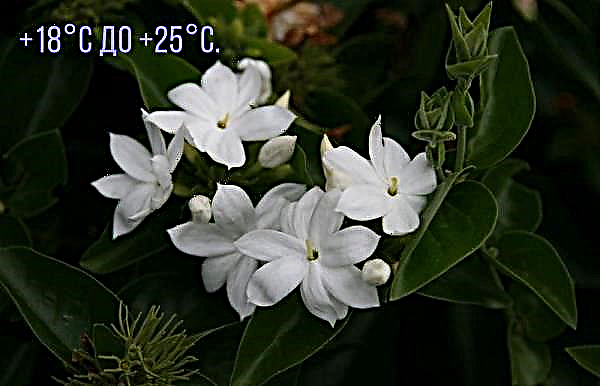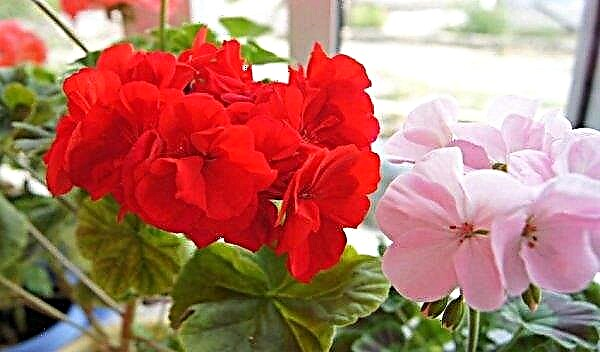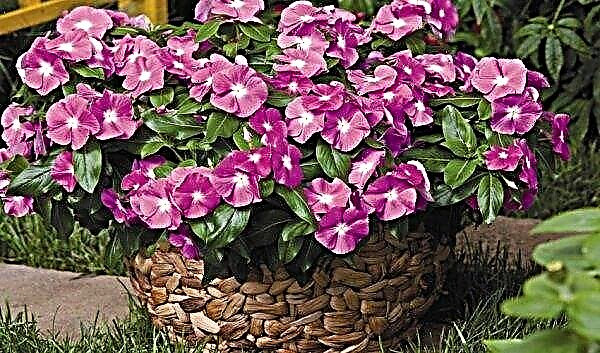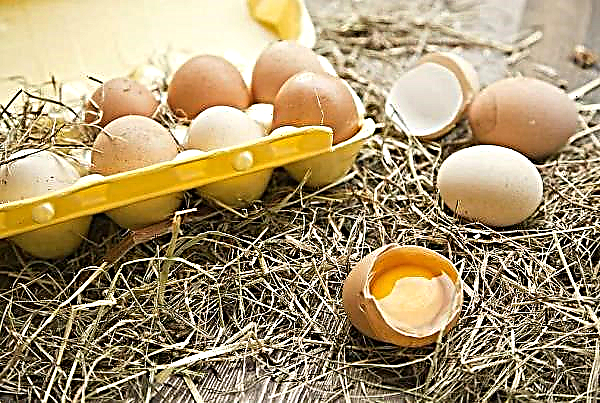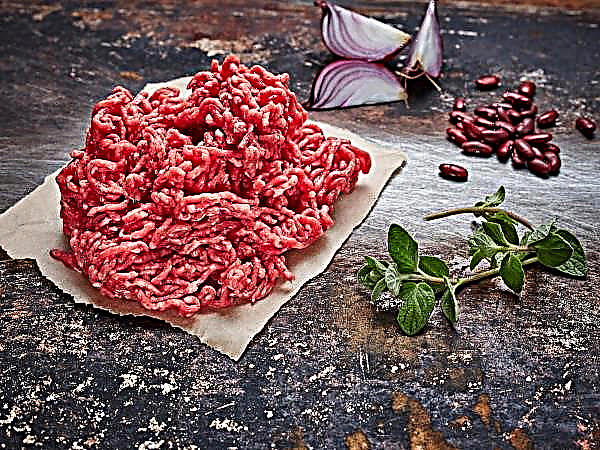Among the many species of indoor plants, cacti usually stand apart, and all because they, unlike other flowers, live long, so they grow very slowly. They also come from arid regions, which means that they can do without moisture for a long time.
This makes them ideal plants for those who do not stay at home for a long time, but want their home to be comfortable, or for those who simply do not like to spend a lot of time caring for flowers. Read more about the features of caring for them below.
Botanical Description and Varieties
Naturally occurring cacti are very ancient plants. They are not one tens of millions of years old. They grow in the Americas, the Caribbean, Africa and the neighboring islands. Some species are found on the Mediterranean coast.
A centuries-old history and a special climate have forced plants to modify and adapt to harsh living conditions. Because of this, cacti are not similar to other ornamental plants: their stems are thickened, fleshy, ribbed, covered with hairs, thorns and capable of accumulating moisture.
They are distinguished from succulents by the areola, the so-called modified kidney with scales, which turned into hairs and / or spines. Flowers and fruits mostly consist of stem tissues and also have areoles (spines, hairs).
In some species, they appear from cephaly (modified shoots at the top of the plant). Their ovary is lower, and the fruit is a berry. The size range of cacti is amazing. Some species grow no more than a few centimeters, while others are able to reach the height of a tree.
For decorative purposes, dwarf varieties of cacti are usually used:
- Echinocereus Knippel. It has an erect stem with flat ribs, often without thorns. Often, other plants are used for its cultivation (inoculated on them). This allows you to accelerate the growth of the cactus and make flowering plentiful. It blooms in early spring pink.

- Echinocereus crest. Its spines are combed, hence the name. They also have a delicate root system, which is why it is difficult to grow a plant without assistance, which is why it is often grafted onto others. The thickness of its stem is about 20 mm. It is divided by 4–6 ribs. Blooms in lilac pink with a light core.

- Cereus Peruvian. In the natural environment, it can reach 10 m in height with a diameter of 10–20 cm. In indoor conditions, it is much smaller. Its stem is cylindrical, from gray-green to blue. Ribs 5–8. Creamy large flowers open only for one night. In their place appears the fruit-berry of a light yellow color. In ripe form, they can be eaten.

- Aporocactus Thyroid. The stems of this cactus are about 200 cm long and 0.8–1.5 cm thick and are divided into 8–13 weakly expressed ribs. Spines are radial, in colors from yellow to red-brown, very thin, not more than 5 mm in length. Blooms with bright raspberry-carmine flowers.
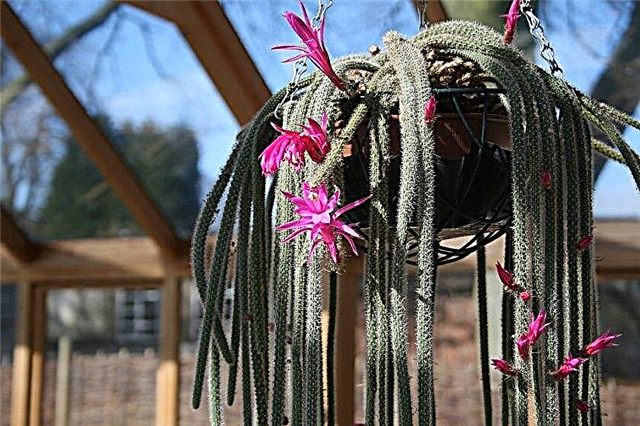
- Echinopsis. The stem of a young plant is spherical, with age it acquires an elongated or columnar shape. Its surface is smooth, shiny. The color scheme is from light green to dark green. Spikes cover sharp ribs. Their length varies depending on the species. Funnel-shaped flowers, wide open, white, pink. The number of flowers depends on the age of the cactus.

- Echinocactus Gruzon. Has a barrel-shaped stem, reaching both in height and in diameter of one meter. The ribs are small, in an amount of more than 30 pieces, covered with many areoles with amber-yellow thorns. Their length is about 50 mm. Flowering falls in the summer. During this period, the plant is covered with yellow flowers, consisting of a huge number of narrow petals. Usually blooming old cacti.

- Prickly pear. The owner of oval stalks-shoots, flattened on the sides. They are highly branched and able to form a bush of several meters. Blooms in yellow flowers.
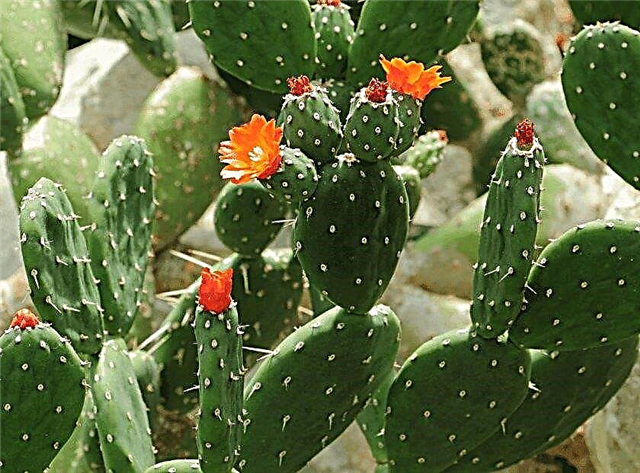
Some people prefer to keep representatives of forest cacti at home, which are not very similar to the usual plants:
- Epiphyllum. It has a long, branched stem with wavy edges. Usually flat, less often trihedral in shape. The stem can release aerial roots. In adult flowers, spines are absent. Funnel-shaped flowers appear in spring or summer. Their color: from snow-white to cream, yellow, pink, red. There are different shades of these colors.

- Ripsalidopsis. Its branched shoots have 4-6 segments, flat or ribbed, about 30 mm wide. They are painted in a pale green color, which in the sun can acquire a reddish tint. Magnificent flowers, gathering in inflorescences, an average of three, appear at the tip of the segment. They can be from white to pink or dark red.

- Zygocactus. A more common name for this species is Christmas. It is a highly branched shrub with stems resembling a chain consisting of bright oblong petals interconnected.
 Almost every such petal produces aerial roots, which, having touched the ground, immediately take root. Flowers look like red, yellow, lilac, white lanterns appearing on the tips of the stems.
Almost every such petal produces aerial roots, which, having touched the ground, immediately take root. Flowers look like red, yellow, lilac, white lanterns appearing on the tips of the stems.
Did you know? The zygocatus got its name from the Greek word "zygon", which means «rocker». Indeed, the hanging stalks of a Christmas tree resemble this weight carrying device.
How to care for a cactus at home
Some inexperienced gardeners believe that since cacti came to us from arid regions, they do not need special care at all. By no means, many species are very demanding in care and, without following certain rules, may cease their growth or even die.
Accommodation
All cacti are photophilous plants. The best location would be south windows. But you need to monitor their appearance. If they began to change color, it means they got a burn. Urgently need to shade them. Placed on the northern windowsills, flowers need additional lighting.
Temperature and humidity
Equally important in the care of cacti is temperature. In winter, most of them have a rest period, which means that all processes are slowed down. Therefore, they need to create comfortable conditions: the absence of drafts and a temperature of +10 ... + 15 ° С.
In summer, the comfortable temperature is +16 ... + 24 ° С. In the heat, they can be taken out into the fresh air (balcony, porch), always covering from the rain. It is necessary to begin hardening gradually. After 2-3 weeks, you can leave it around the clock in fresh air until the cold weather begins.
Watering
The irrigation scheme may have the following form:
- every day or every two days, depending on the condition of the soil (should dry well) - in spring and summer;
- with an interval of 5-7 days - in the fall;
- with an interval of 1-1.5 weeks - in the winter.
Important! In rainy weather, irrigation is not recommended, and in summer it is better to replace conventional watering with spraying.
Top dressing
Cacti are fed during the growing season. Most often, mineral fertilizers with a balanced content of nitrate, potassium, magnesium and superphosphates (complexes for cactus) are used. They pour under the root along with watering.
The procedure is carried out every 14 days, preferably in cloudy weather in the morning. Two days after fertilizing, the flower needs to be watered.
Transfer
Transplantation is carried out only when the plant has become crowded in a pot. A new flowerpot is selected with a diameter slightly larger than the width of the flower. It can be from any material, but preferably round rather than square, as many prefer because of space saving. In round flowerpots, the root system is better ventilated. Drainage (gravel, expanded clay) is poured at the bottom of the pot.
As a substrate, you can use purchased soil for succulents or prepare the mixture yourself by mixing the following ingredients:
- sheet earth;
- sand;
- charcoal;
- peat.
The transplant looks like this in stages:
- Moisten the soil.
- After tapping the sides of the pot, gently remove the plant from it.
- Sprinkle a little soil over the drainage.
- Holding the upper part of the flower with one hand, with the other, straighten the root system in a new flowerpot.
- Fill the rest of the ground with the roots of the cactus and tamp a little. The base of the stem should not be immersed in the soil.

You can properly care for the cactus, but never wait for it to bloom. For this to happen, you need to know some subtleties, of course, only if your flower belongs to the flowering species.
As soon as you find out this point, you need to proceed with actions:
- Check if the flowerpot fits your plant (not large, not small). If necessary, transplant.
- If you have just purchased a flower, be sure to transplant it to be sure that the soil is suitable for it.
- Observe the lighting and watering conditions described above.
- Closely monitor the temperature in the winter, as if the "hibernation" goes poorly, then flowering may not occur.
- Choose the right place for the cactus right away and don’t rearrange it. He really does not like this.
Important! With the advent of the buds in no case can you rotate the flower, as they may not open and fall.
How to propagate at home
The easiest and most popular way to propagate cacti is with “kids.” They are easily separated from the mother plant and take root in a moist substrate.
Another way is grafting. The top of a cactus is cut off and placed in dry sand for rooting. Then it is transplanted into a pot with a suitable substrate. Before rooting, it is necessary to dry the slice in the sun so that it does not begin to rot. It takes a few days.
A very rare, but sometimes applicable method - seeds. They are purchased at flower shops and disinfected in potassium permanganate before planting. Then they are sown on top of a thin layer of substrate and covered with a film. It is important to ensure that the soil is always moist. Twice a day, the crops are aired.
With the advent of the first thorns, young cacti are transplanted into a nutrient substrate, and after a few months, the nutrient substrate is replaced with the usual mixture for adult plants. All manipulations should be started in the spring.
Did you know? In ancient times, the fruits of prickly pear and its shoots were used for food, and carmine was also obtained from the cactus. In the modern world, prickly pears are grown as livestock feed.
It turns out that cacti are as demanding in care as other indoor plants. But breeding them can bring a lot of pleasure, especially when prickly balls begin to produce huge flowers of extraordinary beauty.










 Almost every such petal produces aerial roots, which, having touched the ground, immediately take root. Flowers look like red, yellow, lilac, white lanterns appearing on the tips of the stems.
Almost every such petal produces aerial roots, which, having touched the ground, immediately take root. Flowers look like red, yellow, lilac, white lanterns appearing on the tips of the stems.

